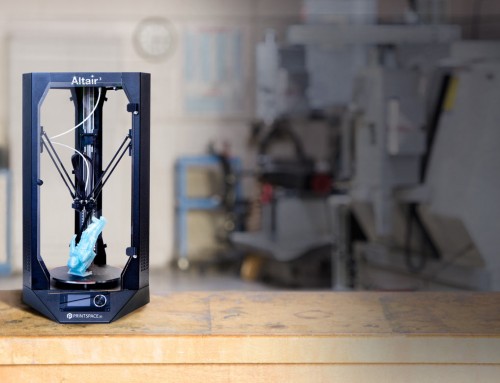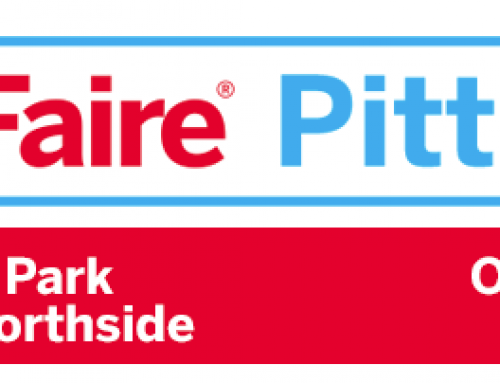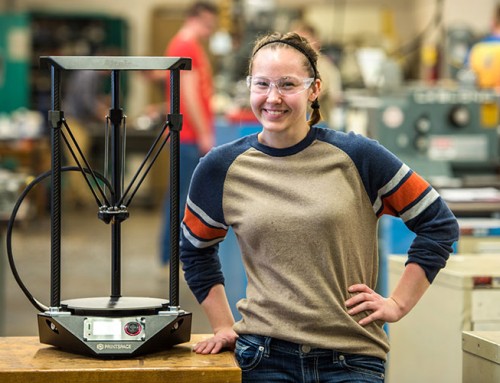The Arts are a field rooted in tradition and familiar with disruption. It only makes sense that 3D printing, one of the most disruptive technologies available, would impact it. 3D Printing is changing how people interact with art, affecting artists, museums, and the public. How?
Now Anyone Can Print Art
With 3D printing and scanning, it’s becoming easier to make replicas of famous (and less famous) pieces of sculpture. Where before each replica would have had to been manufactured and shipped, now a .stl file can be downloaded and printed in ABS or PLA by anyone interested. This isn’t speculation – museums are actively embracing this idea. In October of last year Don Undeen, Senior Manager of the Media Lab and Digital Lab of the Metropolitan Museum of Art, wrote a blog post describing how they plan on scanning in work for people to print and change. They even have a thingiverse account.

The Metropolitan Museum of Art has been actively trying to incorporate 3D printing into what it offers patrons.
This truly takes the museum into the digital age.
It’s Easier for Artists to Make Pieces to Sell
Ease of printing doesn’t just make it easy for people to print museum pieces. Artists are beginning to embrace the idea that they can easily print work to sell. One of the best examples was Crania Anatomica Filigre, by Josh Harker. Originally asking for $500 in a 2011 Kickstarter project, he received $77,271 in funding.  This is good for the artist and good for anyone that falls in love with a sculpture. A win-win all the way around.
This is good for the artist and good for anyone that falls in love with a sculpture. A win-win all the way around.
Craft is changing
Some people aren’t good at working with their hands. This can be a major barrier to making a good idea become a reality. 3D printing circumvents that; with some background in modeling anyone can make a sculpture. This also allows a level of mathematical perfection that ordinarily wouldn’t be easy to obtain. Complex models from higher math and physics can be rendered, and incorporated in a more exacting way. Brainwaves can be recorded and used to dictate a sculpture. Printing is allowing people to create what they wouldn’t easily be able to otherwise.
And then there’s fashion…
The fashion world seems to have fallen in love with 3D printing. The potential of custom 3D printed fabrics and jewelry to allow us to customize what we wear, although many of the models out there seem to resemble chainmail more than fabric right now.  Companies like Continuum Fashion continue to explore user-customization of clothing, redefining the field. We’re only beginning to see where 3D printing can take us. Like any truly disruptive technology, it’s a cultural force – just the sort of thing that changes art.
Companies like Continuum Fashion continue to explore user-customization of clothing, redefining the field. We’re only beginning to see where 3D printing can take us. Like any truly disruptive technology, it’s a cultural force – just the sort of thing that changes art.




